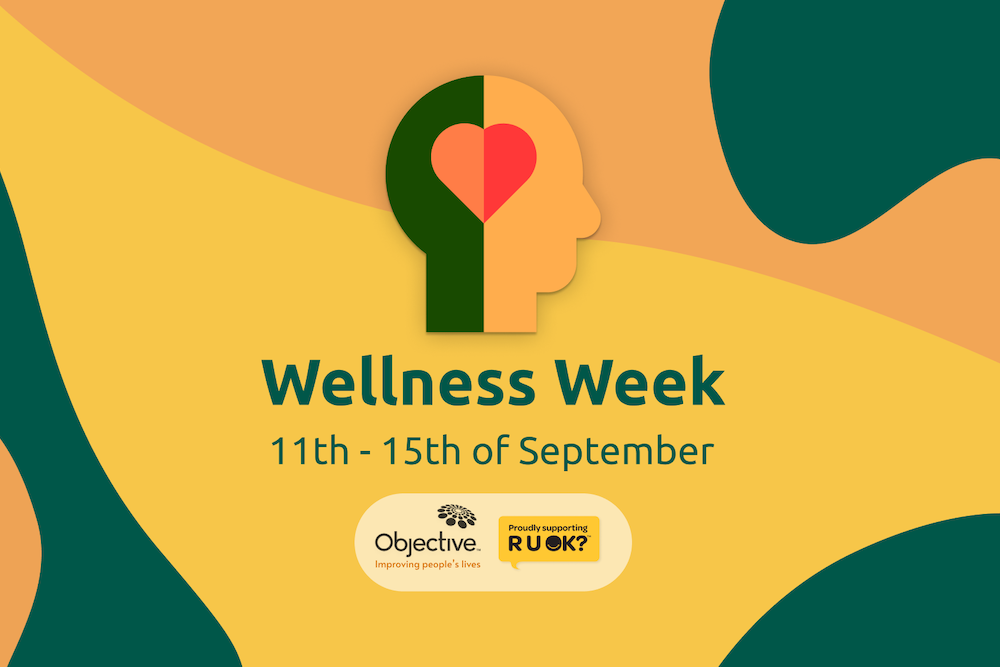Often at Objective Experience, we’re asked “What’s Strategic Research? And how does it help our product offering when we just want features our customers need right now?”.
Let’s address this question, and hopefully help answer the ‘why’ Strategic Research and design, and the blend of tactical outcomes for a business roadmap, can help play the long game for customer happiness (and the immediate wins, if you play your process right!)
Business and product are still in catchup mode; coming out of that period that was “the impact of COVID” into the now, there is a dynamic, fluid, new way of competing… and it’s a mix of good and bad.
Businesses are seeing new opportunities emerge, though also trying to keep their head above water – and avoid the trench of downscaling, downstaffing, and downsizing, while remaining true to their values and core of what they do.
Strategic Design, a combination of Design Thinking principles, business strategy, innovation, and an eye on the customer (as a person, not a statistic – though statistics are still important) – rests upon research. Knowing, finding out, and analyzing customer and product needs. The gaining of insight and learning how to move research data into informed decision-making and growth.
Qualitative Research or the Human Element
Interviews, focus groups, ethnographic studies, and eye tracking technology (Tobii Eye Tracking) – are invaluable, for getting that deep, empathic understanding of how the ‘human element’ applies to your business.
Studying the emotional, the psychological, and the jobs people do and need done; allows Strategic Design to create and define a view of the customer, allowing them to create products or services that resonate on the personal level – not just the feature.
Using Empathy, Iterative Research and Design, encouraging Innovation and Ideation (3 core, backbone aspects of Strategic Thinking), helps organisations envision the role of the human in their company, and uncover those potentially hidden moments of friction, unmet needs, and validate ideas that align to actually address real human need.
Quantitive Research or the Data Behind Decision Making
Surveys, A/B Testing, numerical based research mining (amongst many other methods available) – extract statistical views of customer behaviour, decision making and desire – and for many (all?) business, enabling evidence based decision making (particularly in a data driven world) is crucial.
It clearly communicates, validates and defines segments; which when analysed and (potentially cross referenced) with qualitative data, aids the democracy of decision making for strategy.
By providing a view of market segments, customer groups and demographics, we identify scale.
Validation – Numerical evidence that a business can rest upon with confidence, that their decisions are sound and correct.
Mixed Methodology: The Landscape of Research & Design
Sometimes it’s easy to get lost within a piece of work. It can be easy to get stuck in a rut and not be able to move forward after spending hours looking at something.
Normally this is where having a fresh pair of eyes is incredibly beneficial to have as they provide you with helpful answers or new ideas to problems that you may not have been able to move past on your own.
This is when leaning on Ai can be very beneficial when you might not have a colleague’s shoulder to lean on.
Using helpful prompts and questions to help solve your \”writer’s block\” allows you to push upwards and over the rut, and towards a solution that will be helpful when it comes to the testing material and content you’ll be exploring with participants.
Passing it Forward: Visualisation and Communication
Over the many years of consultancy, we know that communication of research and the translation to design is crucial in conveying “what research means”.
Extracting insightful data and references and declaring findings in “How might we…” statements may seem obvious, though reinforced with data visualisation techniques – such as Personas, User Journeys, Systems Diagrams, Service Maps – we are able to work with a business to help them understand and… like a great reveal… show them how their internal view of their business relates to their customers.
How the touchpoints of their app are utilised – but deeper, such as the “Why”, and “How” and “Where” their product is handled. And “what” customers say about it. And what do they “hear” others say, and in return say about it.
Conclusion
Finally for those in the business, who are already on this pathway – by conducting research, and translating data into visual artetfacts… all power to you!
It’s likely you’re already thinking in a Strategic Mindset; however consider how much deeper you might explore, by… over time… adding research methods and further data sources, and how that can translate back into your business roadmap.
We’d be delighted to talk to you more about Strategic Thinking, or how you can start the journey simply.







